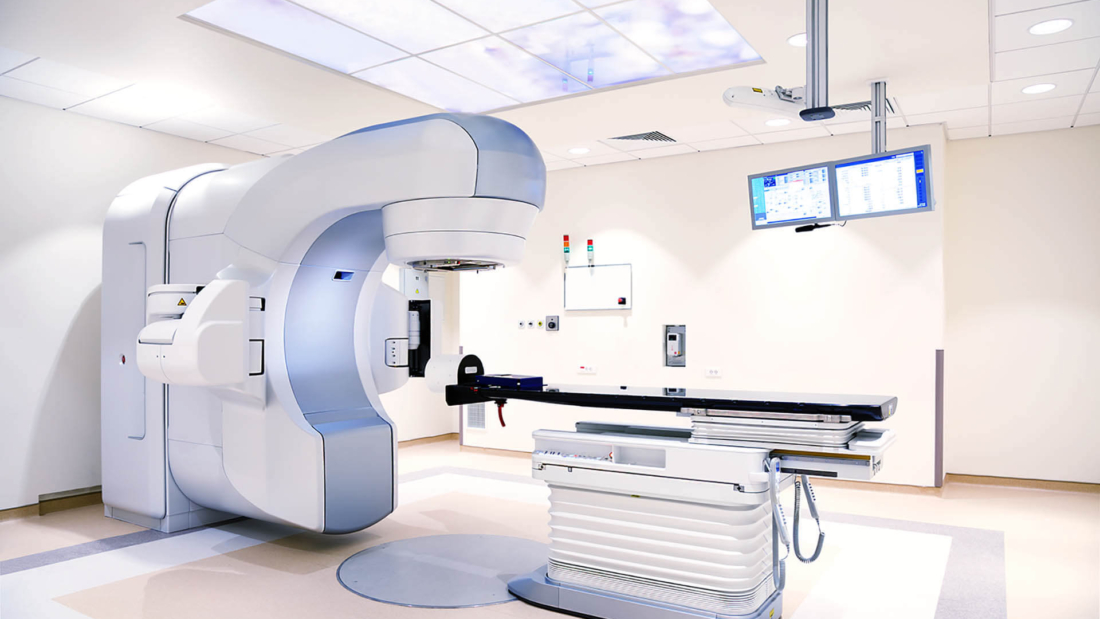ISO 13485 is an internationally recognized standard specifically designed for organizations involved in the design, development, production, installation, and servicing of medical devices. It sets out the requirements for a comprehensive quality management system that ensures the consistent production of safe and effective medical equipment.
What is ISO 13485?
In the realm of medical equipment manufacturing and distribution, adhering to strict quality and safety standards is of utmost importance. One such standard that plays a crucial role in ensuring the effectiveness, reliability, and safety of medical devices is ISO 13485. In this article, we will delve into the key aspects of This standard, its significance, and the benefits it offers to the medical equipment industry.
Development and Purpose of ISO 13485
ISO 13485 was developed by the International Organization for Standardization (ISO) with the objective of providing a globally accepted framework for medical device manufacturers to meet regulatory requirements and demonstrate their commitment to quality management. It establishes a systematic approach to managing risks, maintaining compliance with applicable regulations, and delivering products that meet customer expectations.
Understanding the Requirements
ISO 13485 incorporates various requirements that organizations must fulfill to achieve certification. These requirements encompass areas such as management responsibility, resource management, product realization, measurement, analysis, and improvement. By complying with these requirements, companies can establish robust quality management systems that enhance product safety, reliability, and customer satisfaction.
Implementing ISO 13485: Step-by-Step Guide
Step 1: Management Commitment
Management commitment is crucial for the successful implementation of ISO 13485. Top-level executives need to demonstrate their dedication to quality and ensure the necessary resources and support are provided to establish and maintain an effective quality management system.
Step 2: Documented Quality Management System
Creating a documented quality management system is essential to meet 13485 requirements. This system should encompass policies, procedures, work instructions, and records that outline how the organization plans, implements, and controls its processes to ensure compliance with the standard.
Step 3: Resource Management
Proper allocation and management of resources, including personnel, infrastructure, and financial resources, are critical in maintaining the quality of medical equipment. Adequate training and competence development programs should be implemented to ensure employees possess the necessary skills and knowledge to perform their tasks effectively.
Step 4: Product Realization
The product realization phase involves all the activities from design and development to manufacturing, testing, and distribution. Organizations must establish robust processes to ensure that products meet the specified requirements, and all necessary regulatory and customer requirements are considered and fulfilled.
Step 5: Measurement, Analysis, and Improvement
Continuous improvement is an integral part of ISO 13485. Organizations need to establish mechanisms for monitoring, measuring, analyzing, and improving their processes to enhance product quality and overall performance. This includes conducting internal audits, implementing corrective and preventive actions, and fostering a culture of learning and innovation.
Benefits of ISO 13485 Certification
13485 certification offers numerous advantages to medical equipment manufacturers. These include:
- Enhanced product quality and safety
- Compliance with regulatory requirements
- Increased customer confidence and trust
- Improved market access and global competitiveness
- Streamlined processes and reduced risks
- Better traceability and accountability
- Continuous improvement and operational efficiency
ISO 13485 vs. ISO 9001: Understanding the Differences
While both focus on quality management, there are significant differences between the two standards. ISO 13485 is specifically tailored for the medical device industry, addressing unique regulatory and risk management considerations. On the other hand, ISO 9001 is a more generic standard applicable to various industries and sectors.
Compliance and Regulatory Considerations
Compliance with This standard helps medical equipment manufacturers meet regulatory requirements imposed by different authorities worldwide. It demonstrates their commitment to maintaining the highest standards of quality, safety, and efficacy in their products. This certification can also simplify the process of obtaining regulatory approvals and market clearances for medical devices.
ISO 13485 Certification: How to Obtain It?
To obtain ISO 13485 certification, organizations must undergo an audit conducted by an accredited certification body. This audit verifies that the organization’s quality management system complies with the standard’s requirements. Once certified, companies can display the 13485 mark, symbolizing their dedication to quality and customer satisfaction.
The Impact of ISO 13485 on Medical Equipment Manufacturers
13485 certification has a profound impact on medical equipment manufacturers. It helps them establish a strong reputation in the industry, gain a competitive edge, and expand their market reach. Additionally, compliance with This standard minimizes the risk of product recalls, liability issues, and regulatory non-compliance, safeguarding the organization’s credibility and financial stability.
Case Studies: Success Stories with ISO 13485
Numerous medical equipment manufacturers have reaped significant benefits from This standard certification. For example, Company X, after implementing ISO 13485, experienced a 30% reduction in product defects and achieved a 20% increase in customer satisfaction.
Conclusion
ISO 13485 plays a vital role in ensuring the quality, safety, and effectiveness of medical equipment. By adhering to this standard, organizations can establish robust quality management systems, gain regulatory compliance, and enhance customer satisfaction. 13485 certification serves as a testament to an organization’s commitment to quality and positions it for success in the competitive medical equipment industry.
Contact EIQM
To contact us, please fill out the form below. We will contact you as soon as possible. You can also apply through this form if you would like to receive system certification or representation of EIQM Certification Body.

